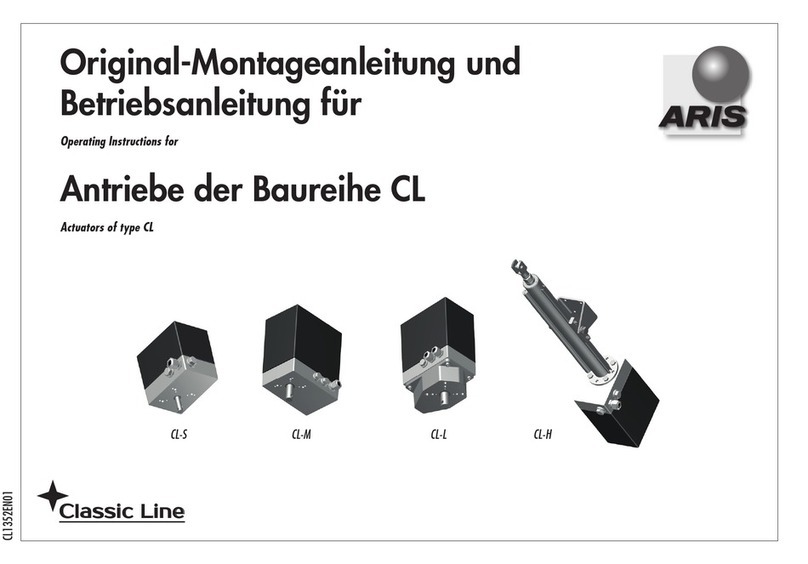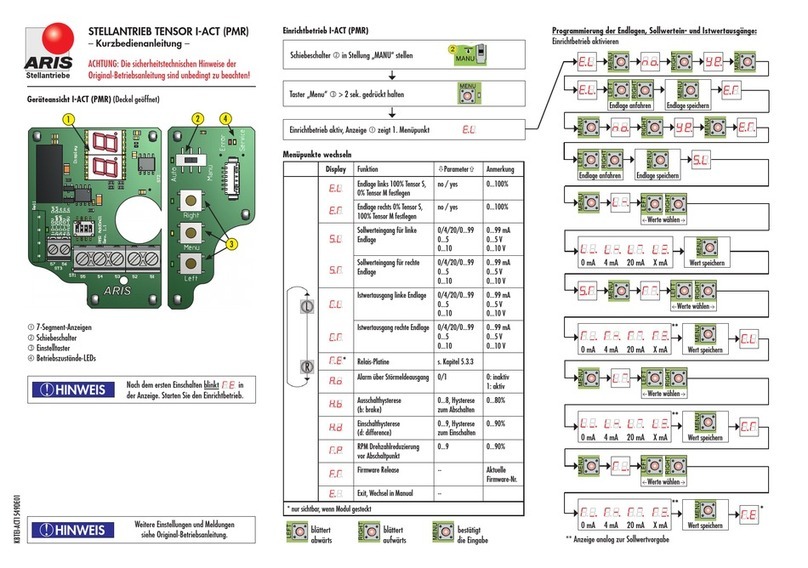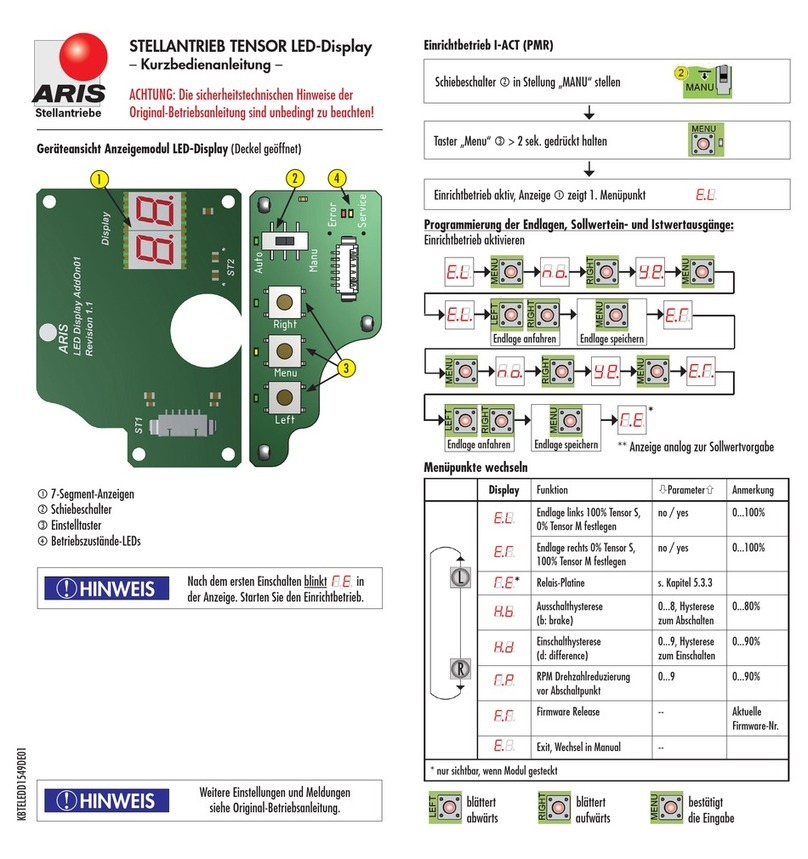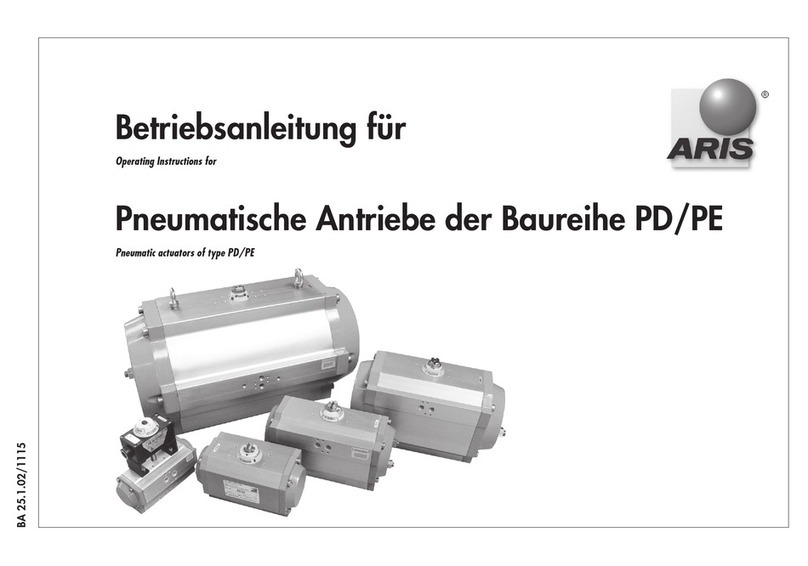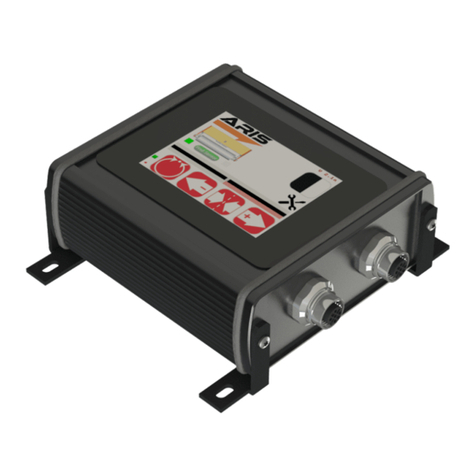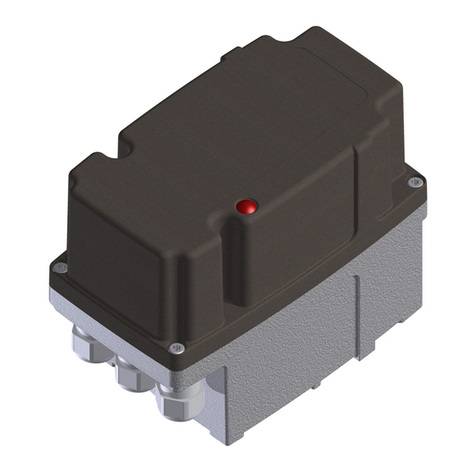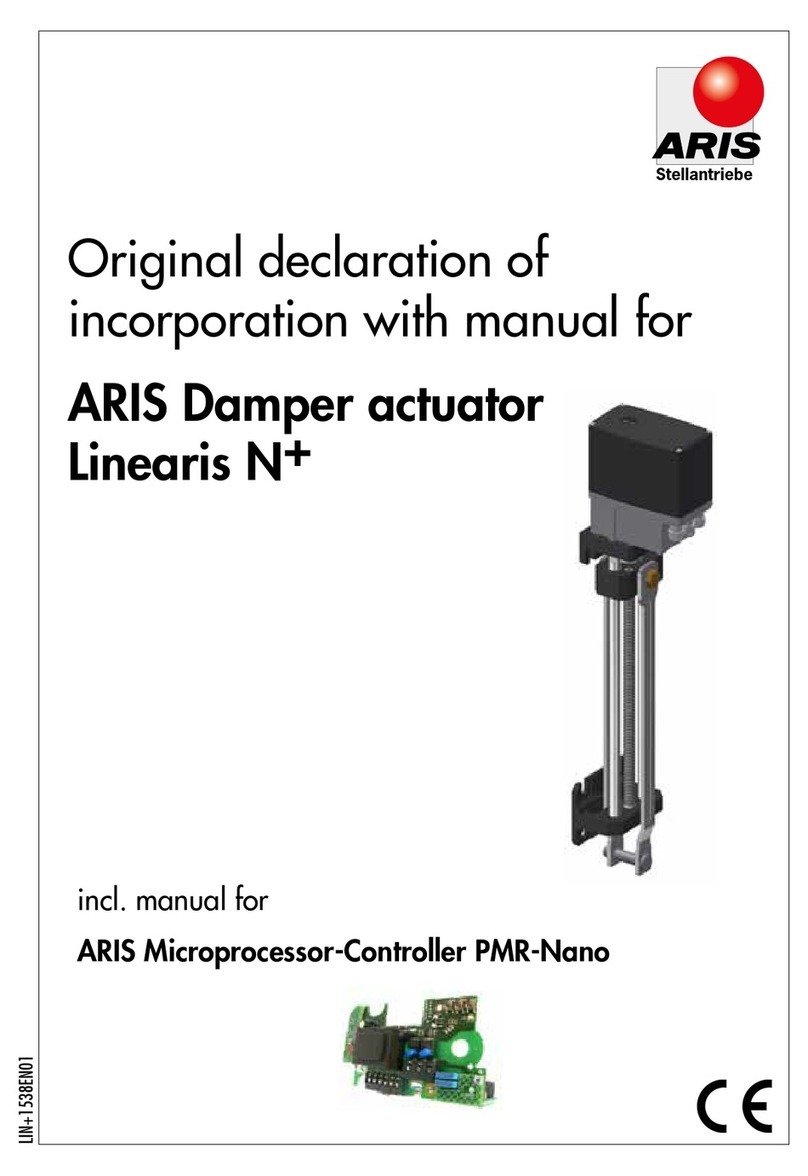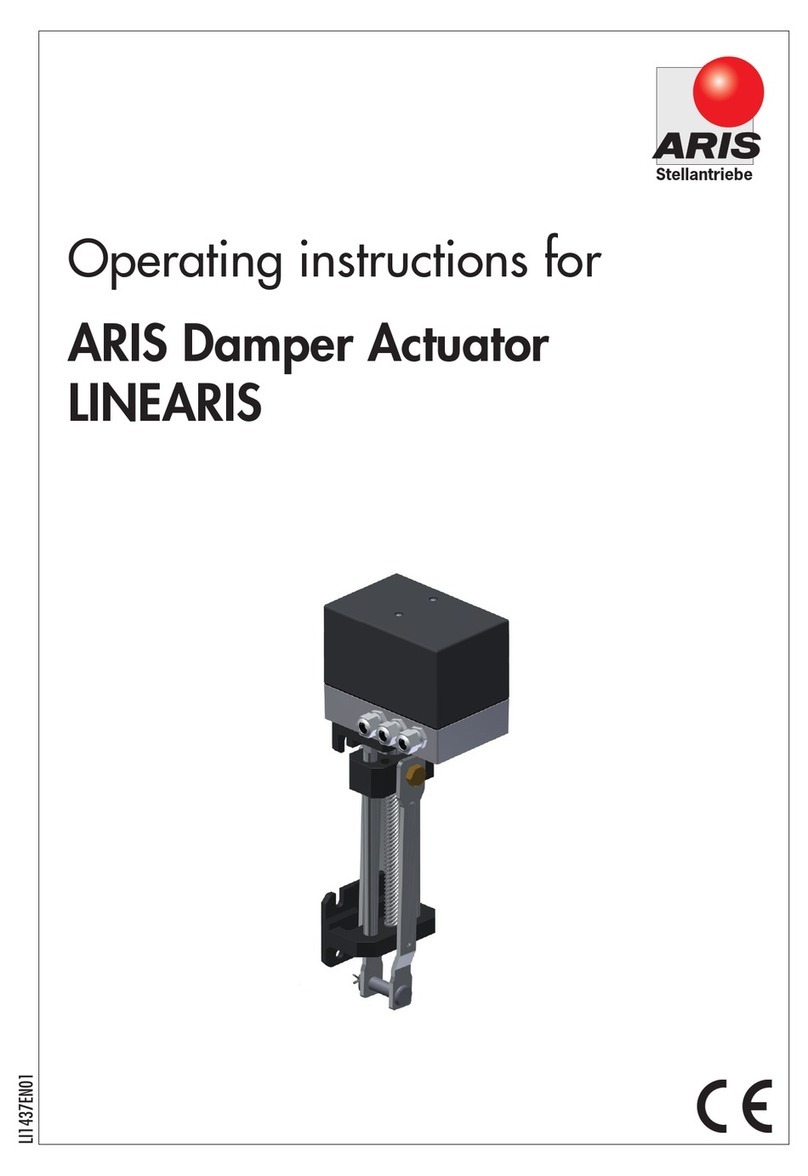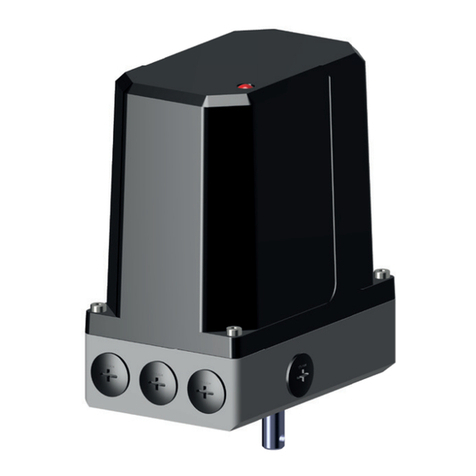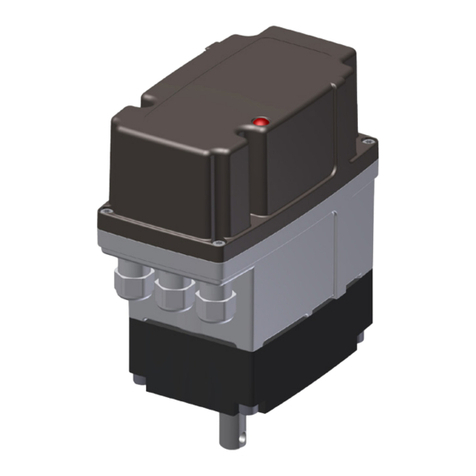
Inhaltsverzeichnis
Identication..............................................................................................................................................................................3
Nameplate .................................................................................................................................................................................3
Guidelines and standards............................................................................................................................................................4
Safety information......................................................................................................................................................................4
Warnings.................................................................................................................................................................................... 4
General safety advices................................................................................................................................................................ 4
Technical specication.................................................................................................................................................................5
Function and application areas (Intended use)............................................................................................................................. 5
Safe and accurate use.................................................................................................................................................................5
Performance data.......................................................................................................................................................................8
Expected lifespan and intended disposal......................................................................................................................................8
Actuator setup for utilization.......................................................................................................................................................8
Transport and (temporary) storage..............................................................................................................................................8
Packaging..................................................................................................................................................................................9
Safe disposal of packaging.......................................................................................................................................................... 9
Installation and mounting...........................................................................................................................................................9
Initial operation........................................................................................................................................................................10
Electrical connection..................................................................................................................................................................10
Wiring diagram ........................................................................................................................................................................11
Operation of the actuators ........................................................................................................................................................11
Set up rotation direction............................................................................................................................................................ 11
Set up limit switches (Self-adjusting switch cam).........................................................................................................................12
Optional modules and extra features......................................................................................................................................... 12
Potentiometer...........................................................................................................................................................................12
Potentiometer with approval acc. to DIN EN 12067-2 (TÜV-Poti).................................................................................................12
Additional limit switches (Self-adjusting switch cam)...................................................................................................................14
2-wire-current output 4-20 mA..................................................................................................................................................14
Mechanical position indicator.....................................................................................................................................................15
Service switch (230 V AC only)..................................................................................................................................................15
Heating resistant (230 V AC only)..............................................................................................................................................15
Single wire control (230 V AC only)...........................................................................................................................................16
Parallel relay (230 V AC only)................................................................................................................................................... 16
Power supply 24 V DC (Special edition)......................................................................................................................................17
Required customer information.................................................................................................................................................17
Extraordinary situations............................................................................................................................................................17
Troubleshooting and repair .......................................................................................................................................................18
Maintenance.............................................................................................................................................................................18
Service..................................................................................................................................................................................... 18
Accessories...............................................................................................................................................................................18
Spare parts...............................................................................................................................................................................18
ARIS Stellantriebe GmbH
53842 Troisdorf/Germany Fax: +49 2241 25186-99 www.stellantriebe.de
